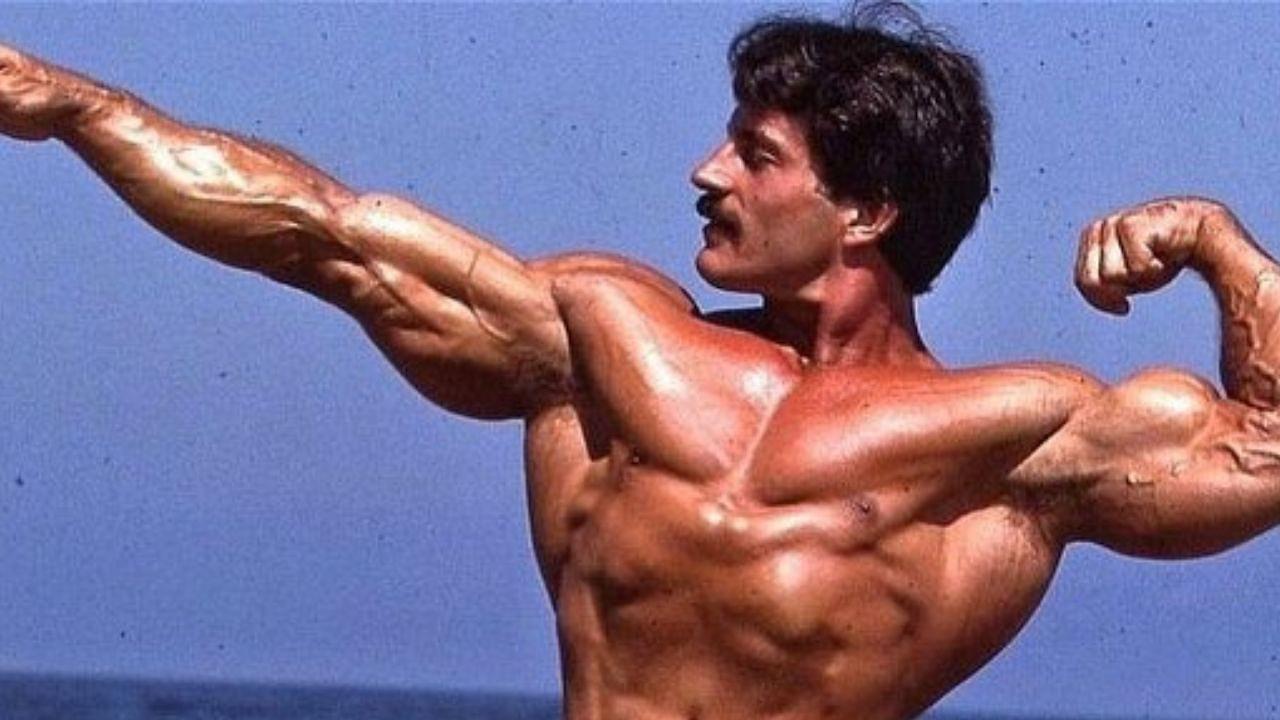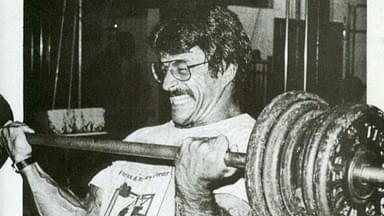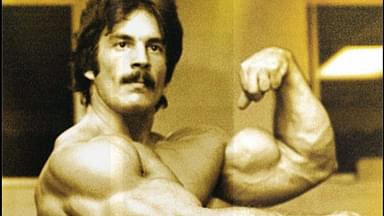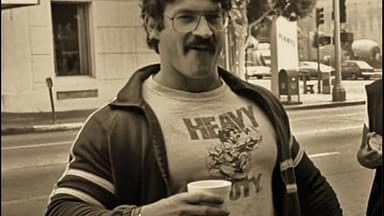Over the years, Mike Mentzer gained a reputation for being a pioneer in bodybuilding. With techniques and routines that came with a new edge, the sport witnessed a shift in training mentality. Unfortunately, Mentzer lived a short life enough to see his methods gain popularity. And now, his teachings have trickled down to modern-day bodybuilders, who have adopted many nuances from his principles.
Training methods championed by Mike Mentzer: High-Intensity Training and Single Set to Failure
Throughout his career, Mentzer popularized two crucial training techniques that changed the bodybuilding scene. First was the high-intensity training, which involved a hard-hitting set of exercises that lasted for a shorter time but led to extreme levels of exhaustion. It was first introduced in the 1970s by Mentzer’s mentor and friend, Arthur Jones, and prioritized weight training repetitions to failure.
The second was the single-set to failure, which, on the other hand, involves performing just one set of an exercise to the point of muscle failure. This aims to increase strength and muscle mass through sheer intensity. Both of these methods later identified themselves with Mentzer’s workout ideology – strength over volume.
Mike Mentzer’s Workout Philosophy
Following in the footsteps of Arthur Jones, Mentzer began looking into more efficient ways to train. Jones had discovered that training for short periods of time with maximum intensity provided the best results in terms of strength and muscle growth. Mentzer further modified it by adding split training and a 72-hour gap between training days. He called his version of high-intensity training Heavy-Duty Training.
View this post on Instagram
Unlike what his mentor theorized, Mentzer figured that it was difficult to train the entire body owing to individual genetics, training capacities, and the ability to recover. Therefore, he split each body part category into three separate parts and focused on one part every 72 hours. This gave his clients enough time to recover while also ensuring they got the maximum benefits while working out.
Troubles in the bodybuilding world: Why did Mike Mentzer quit?
Despite his passion and zeal for the sport, Mentzer eventually took the tough decision to step away from bodybuilding. In 1980, Mr. Olympia witnessed some of the veterans, like Mentzer, Frank Zane, and Boyer Coe, participate in a controversial decision to boycott the 1981 Mr. Olympia contest. This happened because of behind-the-scenes corruption and favoritism for Arnold Schwarzenegger’s participation in 1980.
Despite his skill and evident hard work, Mentzer witnessed the judges crown Schwarzenegger as the 1980 Mr. Olympia title holder, much to everyone’s disappointment. The following year, Schwarzenegger’s best friend and training partner, Franco Columbu, won the Olympia despite standing against some of the best contenders, like Tom Platz and Danny Padilla. Witnessing the same fate occur twice, Mentzer decided with a heavy heart to quit the sport altogether.
The final chapter: How did Mike Mentzer die?
After assuming the role of a trainer, having coached many bodybuilding icons, and authoring many books, Mentzer’s life was tragically short-lived. He passed away in 2001 due to heart complications, owing to a history of cardiovascular issues in his family.
View this post on Instagram
Rumors spread over the years, theorizing what could’ve caused his untimely demise. However, Val Segal, Mentzer’s friend and colleague, confirmed that both Mike and his brother Ray Mentzer died due to natural causes within days of each other.
Mike Mentzer’s legacy
Since his demise, Mentzer’s ideas and principles were only reinforced by new-age bodybuilders who followed his teachings. HIT and heavy-duty adjacent training have been popular in the fitness circle for decades, with an emphasis on strengthening and growing muscles.
From bodybuilders like Dorian Yates, who won the Mr. Olympia title six times in a row, to current-day bodybuilding icons like Nick Walker, who swear by heavy-duty training, Mentzer’s teachings live on. While his life tragically ended abruptly, his ideas are survived by many more icons in the bodybuilding world.





